Low per-unit-volume production limits expansion
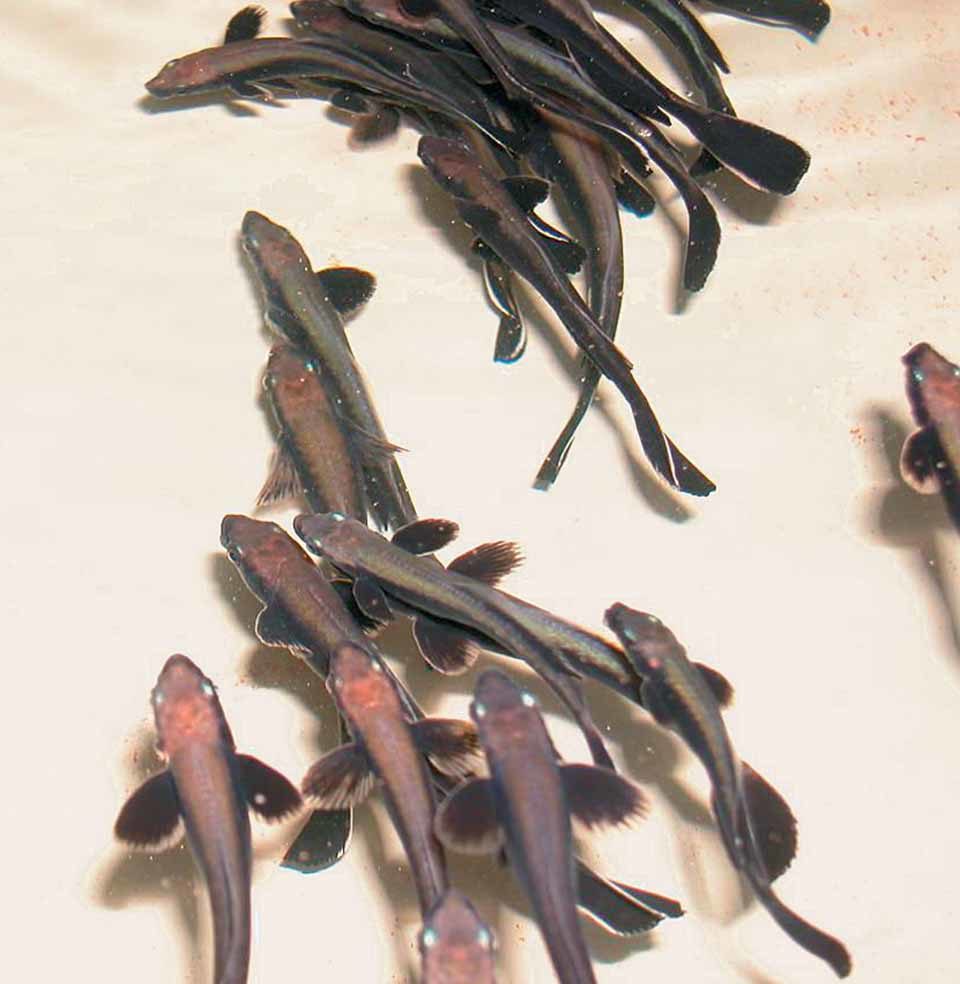
Cobia (Rachycentron canadum) is a high-value marine fish species with great potential for commercial-scale culture. Its production is growing rapidly in Asia, with most production taking place in net pens off coastal Taiwan. Pen culture has likewise been effectively demonstrated off the coast of Puerto Rico. The species has also shown great potential in recirculating aquaculture systems (RAS) and flow-through systems in the United States.
Some of the characteristics that create interest in cobias are rapid growth rates – from fry to over 7 kg in 12 months is possible; prolific spawning, as broodstock often weigh 20 to 40 kg; a high-quality fillet with demonstrated acceptance at white tablecloth restaurants in the northeastern United States; and a flavorful, high lipid content that appeals to sashimi connoisseurs.
Production bottleneck
However, as with other marine finfish species, production issues limit industrial expansion for cobias. One bottleneck is fingerling production. In Asia, and particularly Taiwan, fingerling production predominantly occurs in extensive pond environments. While successful, the technique is limited in the United States due to climatic constraints. Pond production of fingerlings also provides minimal production security, consistency, predictability and disease control.
To support the industrial expansion of cobia production in the United States, numerous research and private facilities are currently evaluating and developing protocols under various levels of intensity to provide a consistent supply of specific pathogen-free cobia fingerlings. These levels of intensity range from the utilization of single-pass, saline groundwater systems to intensive RAS recirculation in excess of 95 percent system water volume per day.
Low larval survival
Various levels of fry stocking and live feed densities are also being evaluated. Larval-stocking densities ranging from 1 fry per liter to as high as 50 fry per liter are being tested. While significantly higher survival rates – as well as significantly lower rates through the weaning stage – have been demonstrated, average survival rates from hatch through weaning at 25 days post-hatch range 6 to 8 percent. This is much lower than the 60 to 90 percent survival consistently attained for species such as flounder (Paralichthys sp.) and represents a hindrance to industrial expansion.
Low per-unit-volume production
While survival rates have fluctuated greatly, one factor consistently demonstrated is the number of fingerlings produced per unit volume of the culture system. In intensive recirculating systems, about 1 fingerling per liter are being produced, and in more extensive systems, about 0.5 fingerling per liter of system volume.
VSAREC production runs
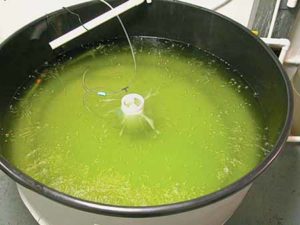
In 2003, three sequential cobia production runs were carried out through weaning at the Virginia Seafood Agricultural Research and Extension Center (VSAREC) in Hampton, Virginia, USA. Larvae came from the Fisheries and Mariculture Laboratory of the University of Texas at Austin Marine Science Institute in Port Aransas, Texas, and the Aquaculture Center of the Florida Keys, Inc. in Florida, USA. In all runs, fish were enumerated and stocked as two-day posthatch fry into 580-l greenwater larval production tanks.
In trial 1, 9,000 fry were stocked into the system at an initial density of 15 larvae per liter. From this run, 547 fingerlings weaned onto dry feed were produced, resulting in an overall survival of 6.1 percent and production per unit volume of 0.94 fingerlings per liter.
In trial 2, 8,000 fry were stocked into the same system, yielding an initial density of 13.7 larvae per liter. This run produced 585 fingerlings weaned onto dry feed. The resulting survival was 7.3 percent with a production of 1.01 fingerlings per liter.
In the third trial, 39,000 fry were stocked at 67.3 larvae per liter. From this run, 529 weaned fingerlings were produced. Overall survival was 1.4 percent, and production per unit volume was 0.92 fingerlings per liter.
Limiting factor
Through discussions and collaborations with other research and production facilities in the U.S., it appears cobia fingerling production rates are consistently in the 0.5 to 1 fingerling per liter range. This propensity for low per-unit-volume production significantly limits the expansion of cobia production in the U.S. and has recently been identified as the single greatest limitation to further cobia production in Taiwan.
In the U.S., various forms of system design and physical production parameters are being evaluated to address this issue. Feed selection and enrichment formulations, as well as early weaning diets, are also under review.
Fingerling transportation
In addition to larval survival and fingerling production rates, transportation issues also limit the expansion of cobia. Cobia fingerlings demonstrate an atypical sensitivity, as compared with other marine species, to physical and chemical conditions experienced during live transportation. This sensitivity presently mandates significantly decreased shipping densities to maintain high survival rates, which increases shipping costs. This issue likewise requires further analysis and resolution.
Conclusion
Despite present hindrances to industry expansion – low larval survival and fingerling production rates, and transportation issues – the further integration of cobias into the marine finfish aquaculture industry remains likely. Their combination of fast growth, high broodstock fecundity, and exceptional consumer appeal mandate resolution of the fingerling production issues through collaborative efforts between industry, academia and funding institutions.
(Editor’s Note: This article was originally published in the February 2004 print edition of the Global Aquaculture Advocate.)
Now that you've reached the end of the article ...
… please consider supporting GSA’s mission to advance responsible seafood practices through education, advocacy and third-party assurances. The Advocate aims to document the evolution of responsible seafood practices and share the expansive knowledge of our vast network of contributors.
By becoming a Global Seafood Alliance member, you’re ensuring that all of the pre-competitive work we do through member benefits, resources and events can continue. Individual membership costs just $50 a year.
Not a GSA member? Join us.
Author
-
Michael H. Schwarz
Aquaculture Specialist
Virginia Seafood Agricultural Research and Extension Center
Virginia Tech
102 South King Street
Hampton, Virginia 23669 USA[117,100,101,46,116,118,64,122,114,97,119,104,99,115,109]
Tagged With
Related Posts
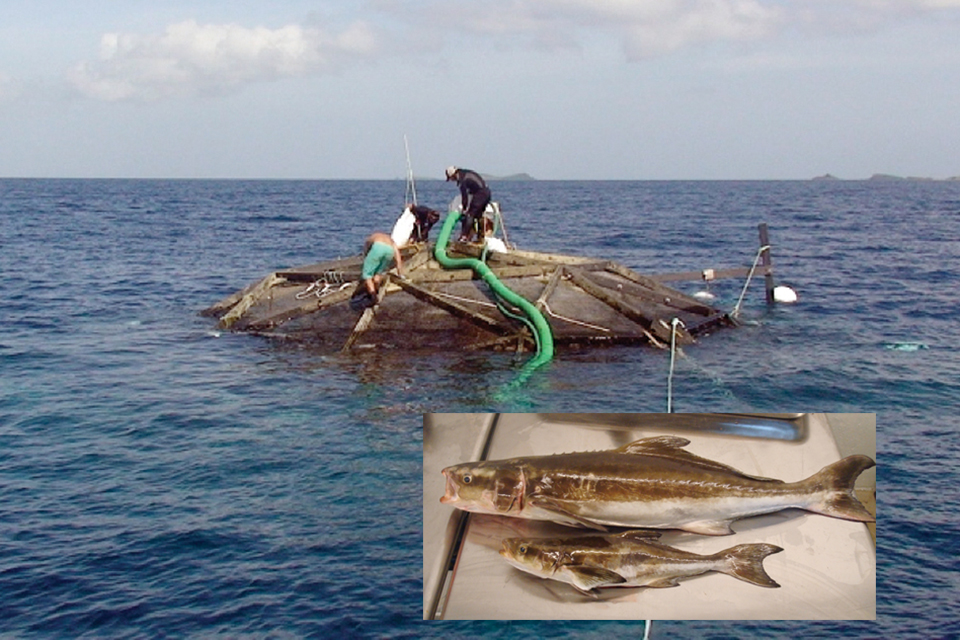
Intelligence
Cobia aquaculture expanding in Americas, Caribbean
A marine fish species with excellent characteristics for commercial aquaculture, cobia is receiving much attention in Latin American and Caribbean countries.
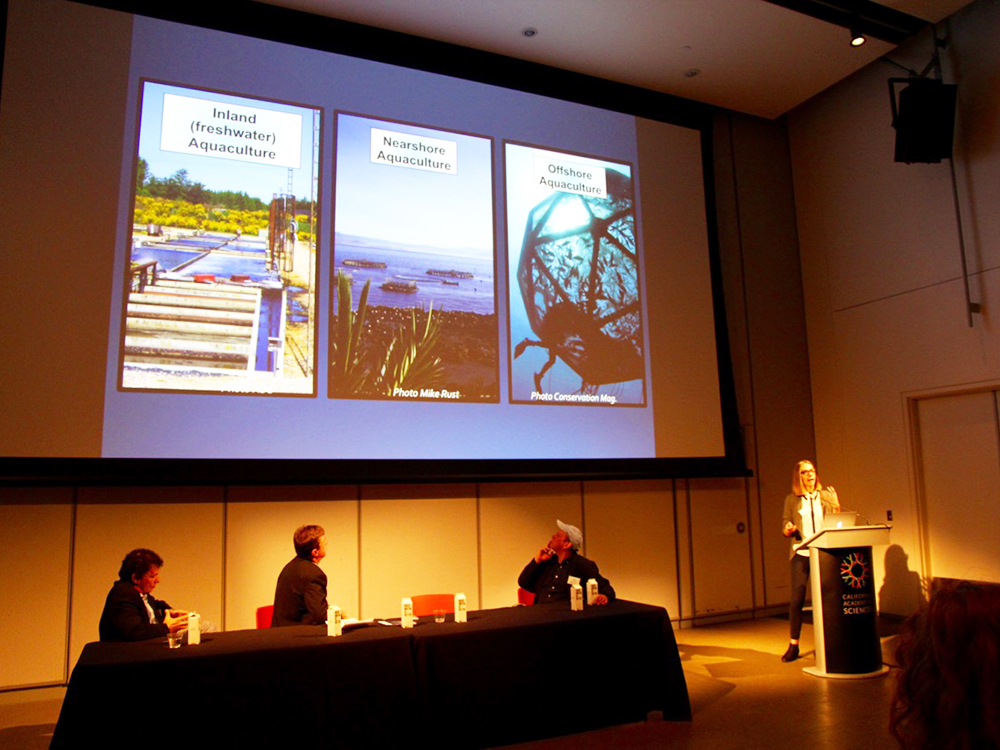
Responsibility
Going deep on offshore aquaculture
Open-ocean aquaculture, the “new kid on the block” in the rapidly growing aquaculture industry, was examined at a California Academy of Sciences event. New contributor Twilight Greenaway reports.
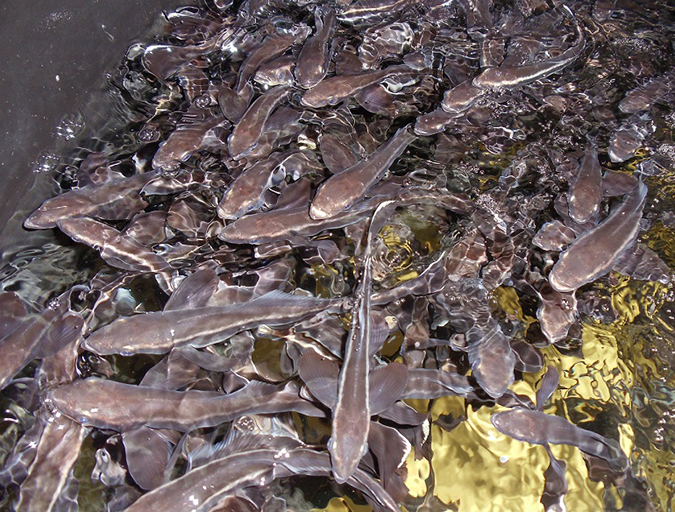
Aquafeeds
Is a fish oil-free cobia feed possible?
The availability of a cost-effective grow-out feed formulation is an ongoing bottleneck for the expansion of cobia production. Studies by the authors show that the development of an aquafeed with limited or no fish oil content is possible.
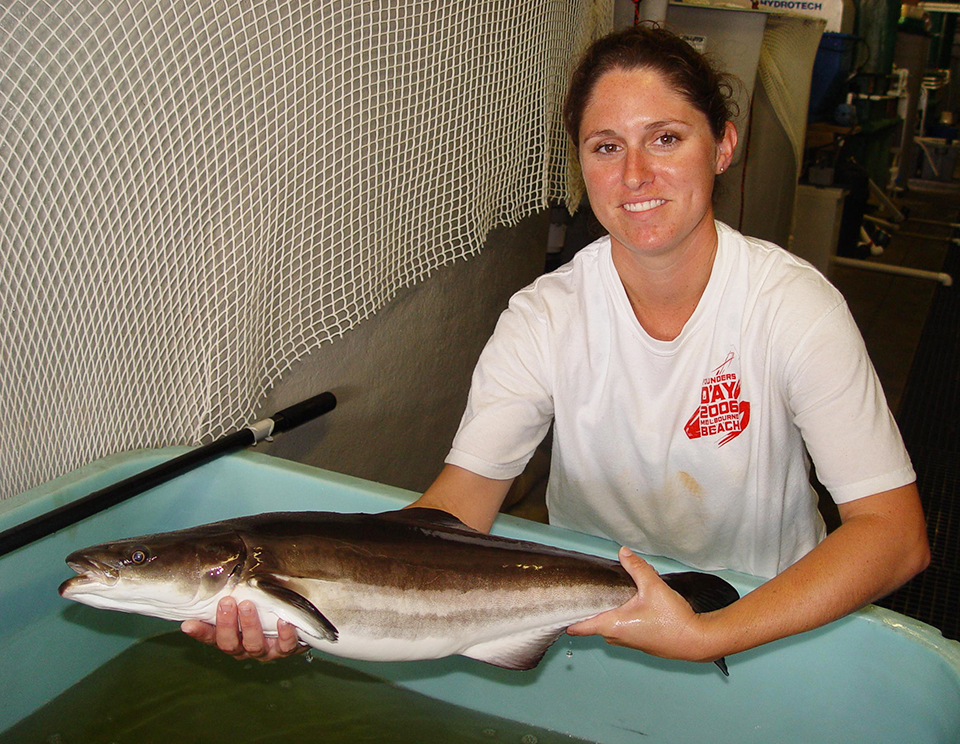
Health & Welfare
Trial finds biomass harvest of cobia unaffected by stocking density in RAS
The establishment of land-based recirculating systems for cobia could expand production of the species. The authors, who demonstrated cobia are well suited for culture in tanks, conducted a study to compare the performance of cobia reared at different densities.


